The Capablanca Pawn Structure
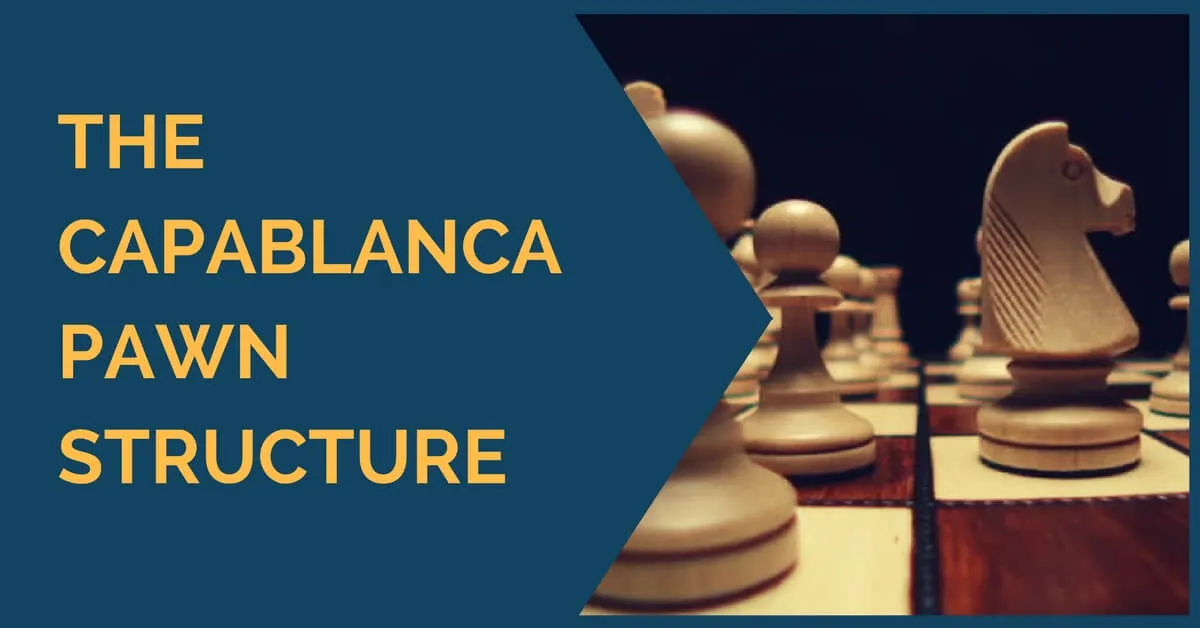
Knowing your theory well is very important nowadays, but unfortunately not enough. With such an amount of information available to practically everyone, it is less and less probable that you win a game out of the opening thanks to some good preparation. Usually, the difference between a strong player and an amateur or beginner is seen in the middlegame, where the Grandmaster is able to select the right plans according to the type of position he has on the board.
Not knowing what to do after the opening usually results in over-thinking at the board, wasting a lot of time and, in the end, perhaps not taking the best decision either. When facing a stronger player even the tiniest of mistakes can cost us and it is very important to learn to play according to the position and the pawn structure.
In this article, we are going to talk about one of the most common pawn structures in chess, the Capablanca pawn structure. It can arise from various openings, usually, Queen’s Pawn ones such as the Semi-Slav or the Queen’s Gambit Declined, but it can also be reached in the Alekhine, Caro-Kann, Scandinavian or some lines of the French Defense:

The Capablanca Pawn Structure
Black’s plan in this type of structure is to break white’s center and manage to free his own pieces. The typical idea is to achieve …c5 but also …e5 in some cases. As usual, they have to be well prepared and not played automatically, as you might fall into an inferior position.
White is, of course, trying to control this and keep black with little space. There are three major plans he can play for, depending on the position:
- The d4-d5 breakthrough. This is one of the most common ideas; white is trying to open the central files in order to fully activate his pieces. Black usually avoids completely opening the center by keeping either the c or the e-pawn (or even both in some cases) and tries to make use instead of new squares available – c5 or sometimes e5. This is why this breakthrough should be considered thoroughly before executing it.
- Minority attack on the kingside. Sometimes white can start throwing the kingside pawns with the move g4! Depending on the position, this can turn into an attack on the kingside or it can simply be aimed at gaining more space and increasing his advantage.
- The attack on the kingside via the 3rd Once his pieces are placed on ideal squares and black’s ruptures are under control, white can turn his attention to the enemy king. The set-up for this plan is Bf4, Rd3, Rd1 followed by Ne5, Rg3, and h4 at the right moment.
The following position arose from the French Defense:
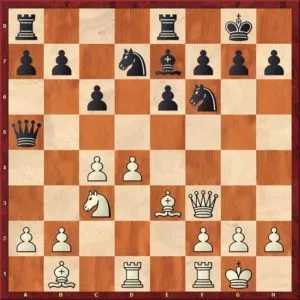
Anand, V – Gurevich, M, Corsica 2006
White to play
White has obtained a good position out of the opening and has various moves that keep the advantage. The game continued with 14.d5, which is good enough, but another interesting idea was the thematic 14.g4! looking to gain more space on the kingside and push the black pieces back.
Check out the annotated game below:
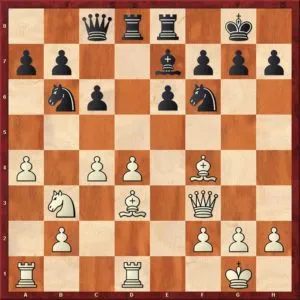
Dorfman, J – Arkell, K, Cannes 1998
White to play
Another French Defense led to the position in the diagram above. With all the central ruptures under control, White decided to continue with 17.g4! The point of this move is not to start an immediate attack on the kingside but to gain more space for the pieces and slowly increase the pressure on his opponent. See how the game developed below:
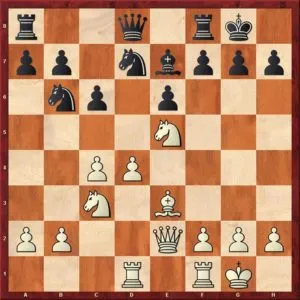
Anand, V – Ubilava, E, Villarobledo 2001
White to play
To wrap it up, we are going to see a game where White employed the last plan, of attacking the king along the 3rd rank. In order to reach the above-mentioned set-up, Anand started here with 13.Bf4, preparing the passing of the rook to g3 via d3. See the game below:
Ready to start winning games? Check out our store and articles:



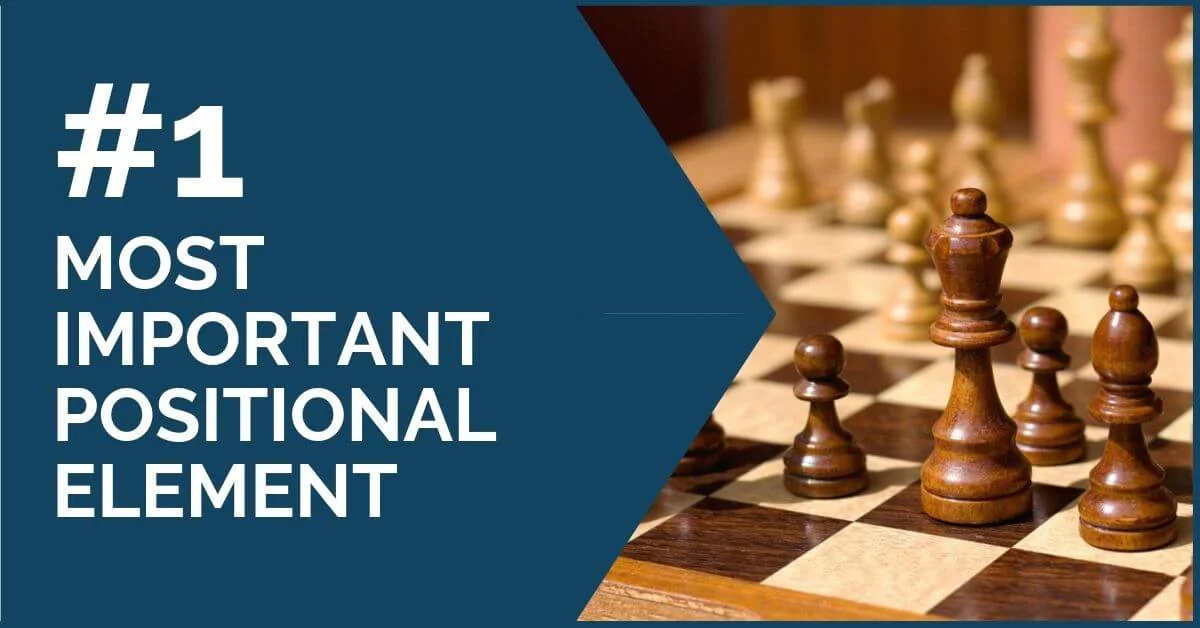
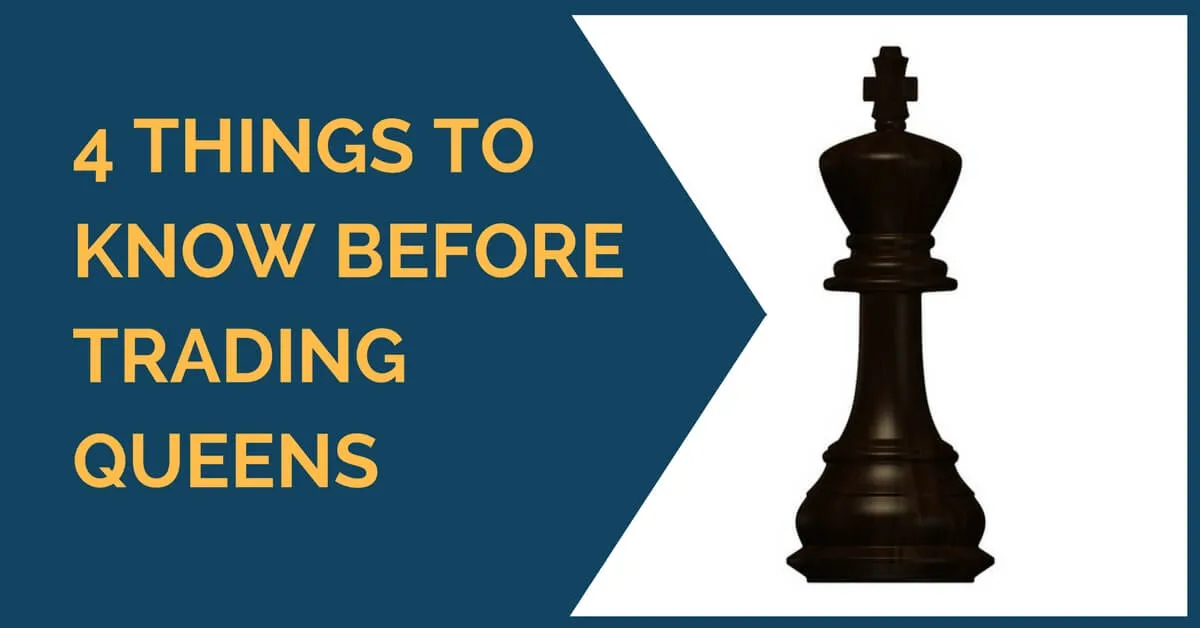





Comments: